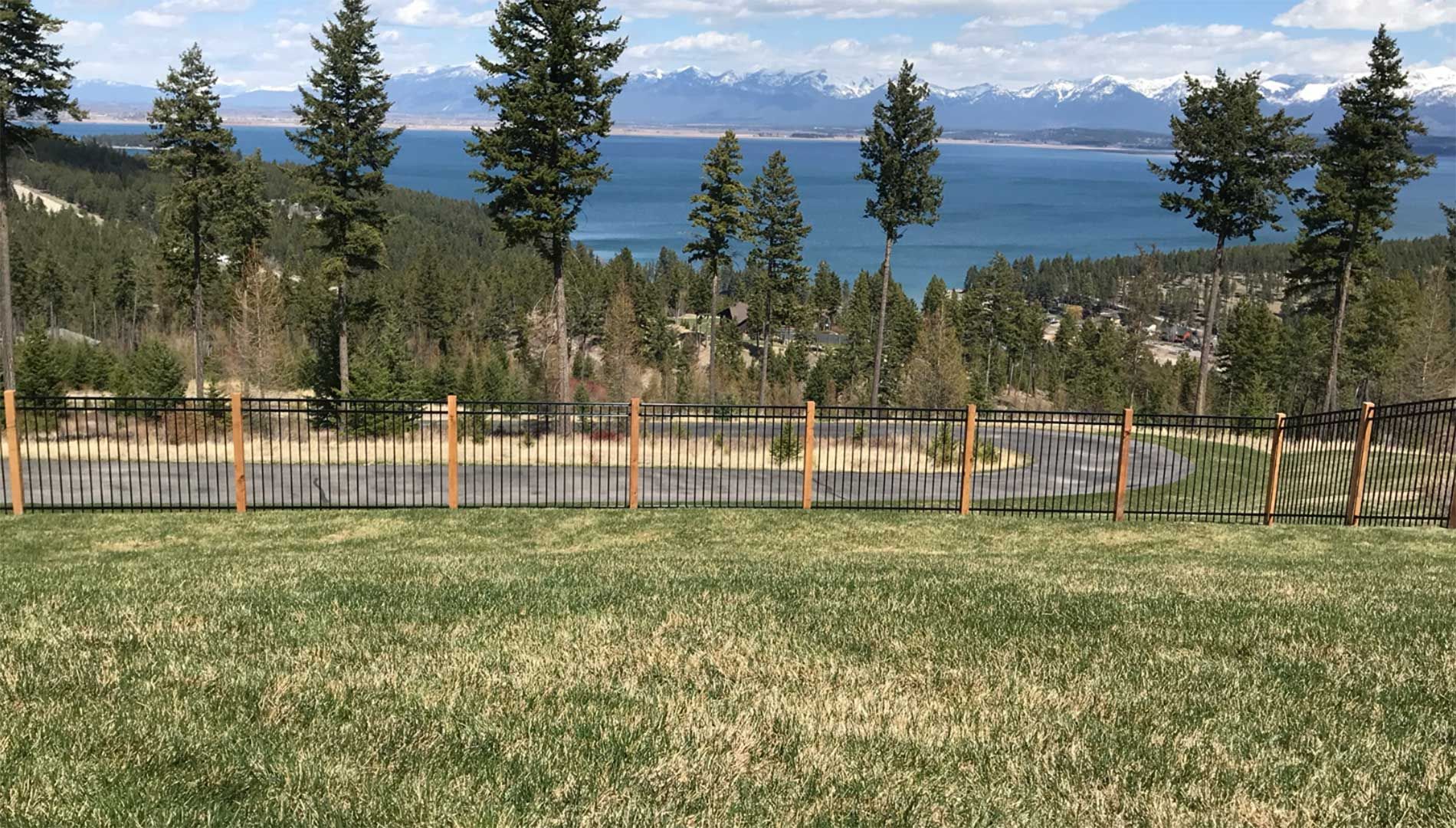Tracing the journey of continuous panel fencing from its humble beginnings to its role as a modern fencing solution.
Early History of Continuous Panel Fencing
The concept of continuous panel fencing dates back to the need for durable and secure enclosures for livestock and property boundaries. Early versions were often rudimentary, utilizing available materials like wood and stone to create makeshift barriers. While effective, these designs lacked the efficiency and reliability of today’s fencing systems.
Technological Advancements Over the Years
The advent of steel production during the industrial revolution revolutionized fencing. Stronger, more consistent panels became possible, and by the mid-1900s, continuous panel fencing emerged as a viable solution for various sectors.
Advances in welding and fabrication techniques also allowed for more customizable and durable designs. This period saw the shift from manually assembled fences to pre-fabricated panels, greatly reducing installation times.
How Materials Have Changed in Continuous Panel Fencing
Continuous panel fencing materials have progressed over the years to enhance durability, affordability, and environmental responsibility. Key innovations include:
- Galvanized Steel: Introduced for its resistance to rust and long-lasting performance.
- Powder-Coated Finishes: Added for aesthetic appeal and enhanced protection against the elements.
- Recycled Materials: Growing emphasis on eco-friendly solutions has led to the use of recycled steel and other sustainable materials.
The Widespread Use of Continuous Panel Fencing
Initially developed for farmers and ranchers, continuous panel fencing has found applications across many industries. Today, it’s a top choice for:
- Agriculture: Managing livestock and protecting crops.
- Industrial: Securing warehouses, factories, and storage areas.
- Residential: Enhancing property boundaries and aesthetics.
- Public Spaces: Safeguarding parks, playgrounds, and recreational areas.
Its adaptability has made continuous panel fencing a global standard across industries.
What’s Next for Continuous Panel Fencing?
As technology and sustainability continue to evolve, the future of continuous panel fencing looks bright. Emerging trends include:
- Smart Fencing: Integration of sensors and technology for automated monitoring and security.
- Modular Designs: Easier customization and reconfiguration to adapt to changing needs.
- Green Materials: Increased use of recycled and biodegradable materials to minimize environmental impact.
These innovations ensure that continuous panel fencing will remain a key element of modern fencing solutions in the future.
Final Thoughts
The journey of continuous panel fencing showcases its evolution from simple enclosures to cutting-edge solutions. Its adaptability and durability have made it a trusted choice across industries, and with future innovations on the horizon, its potential is limitless. Ready to invest in a fencing solution that stands the test of time? Contact Montana Fence today!
